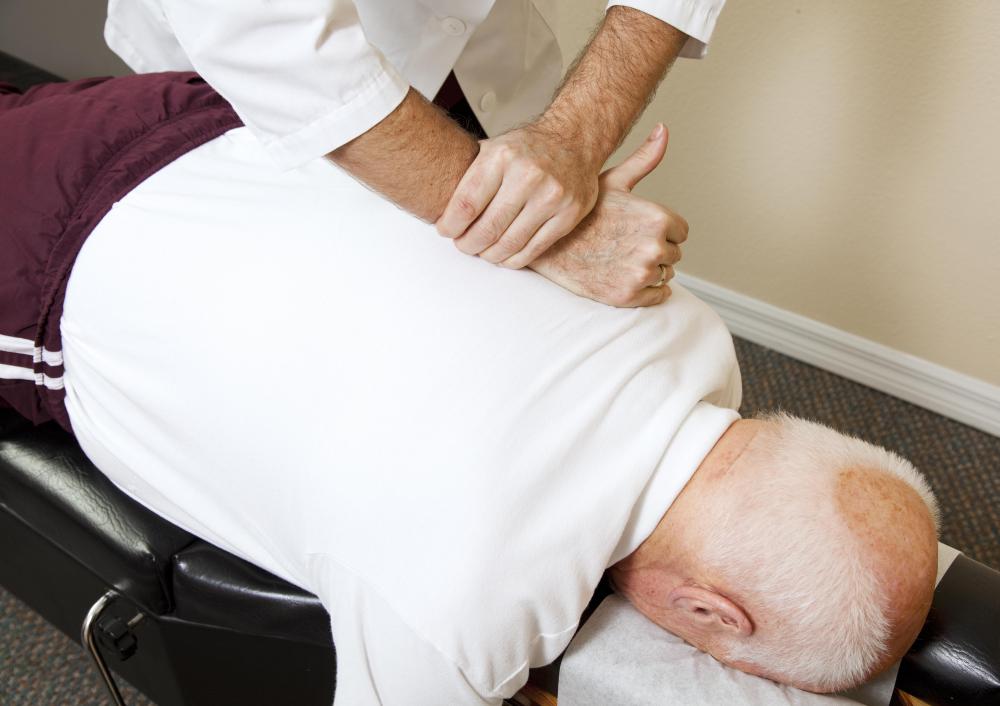At WiseGEEK, we're committed to delivering accurate, trustworthy information. Our expert-authored content is rigorously fact-checked and sourced from credible authorities. Discover how we uphold the highest standards in providing you with reliable knowledge.
What are the Different Types of Neurofeedback Equipment?
Neurofeedback equipment is a category of biofeedback device used to monitor brain activity to diagnose medical conditions. It is also referred to as neuropathy equipment, electroencephalography (EEG) biofeedback equipment, or neurobiofeedback equipment. The equipment records activity in the brain by monitoring electrical movement and blood-flow using electrodes that are placed on various parts of an individual’s face, neck, and scalp. There are many different types of neurofeedback equipment that have been developed by several manufacturers, but the main difference is that some devices are designed for casual, in-home use by everyday consumers, and some are designed for use by medical professionals.
Although many neurofeedback equipment devices are expensive, there are several manufacturers that sell equipment designed for use by the everyday consumer. This type of equipment is commonly used by people attempting to treat conditions such as Attention Deficit Hyperactivity Disorder (ADHD) as well as other medical conditions, such as addiction to alcohol, nicotine or illegal drugs. With these types of devices, an individual or caregiver can install the equipment in his or her home and learn to operate the machinery and any included software without advanced training. In the example of treating ADHD, several manufacturers sell devices that simulate a video game designed to create situations of positive and negative feedback. The device helps a child learn to control his or her brain activity, which is thought to aid in the treatment of ADHD.

There are other types of devices designed for consumers. For example, some devices are much simpler than those designed for the treatment of ADHD, with no video game interface or large pieces of equipment. Instead, there are simply a series of wires and electrodes and a device to display the brainwave activity. In elderly individuals, the use of this type of device can help those recovering from stroke or other conditions that need to relearn certain motor skills.

Perhaps the most common type of neurofeedback equipment is manufactured for use by healthcare professionals. These devices are typically larger and more expensive than the equipment designed for in-home use by everyday consumers. The intended purpose, however, is often very similar: a health care professional is interested in recording and analyzing brain activity to help patients diagnose and treat certain medical conditions. One common application is chiropractics, where the practitioner performs nerve conduction velocity tests to determine if a certain part of the nerve system is blocked and causing pain, discomfort, numbness, or other problems. After using this type of neurofeedback equipment, the chiropractor can determine the proper course of treatment for his or her patient.
AS FEATURED ON:
AS FEATURED ON:















Discuss this Article
Post your comments